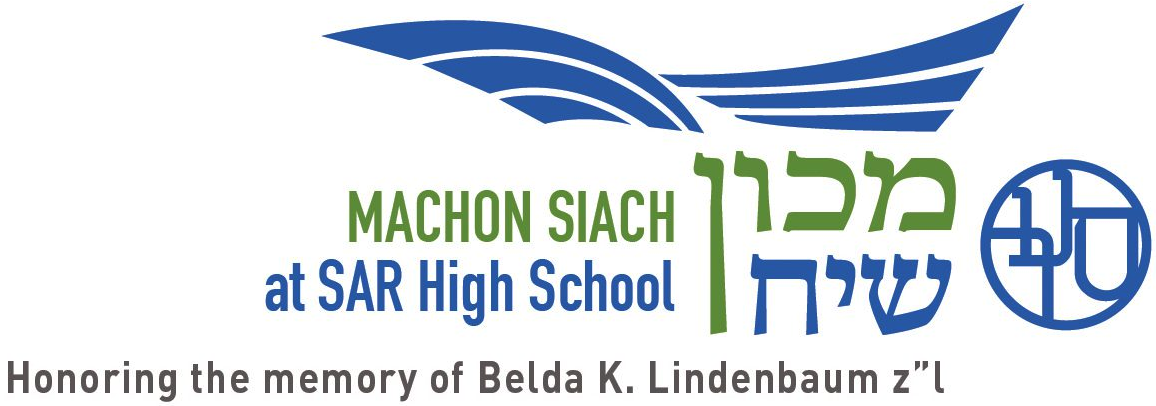
How My Teachers’ Passion Fuels My Own
I never thought I would be standing in front of my classmates giving a mathematical
presentation about paradoxes. Yet it is one of my proudest moments. I only got this opportunity
because I had a phenomenal Algebra II teacher. Every year, my teacher assigns a project called
the “Math Talk” — inspired by TED Talks — which allows students to research and present on
topics like probabilities involved in gambling and the trigonometry of ballet. This project
exposes students to mathematical studies, academic papers, and books beyond a high-school
level. It trains us to become mathematicians. It allows us to step into the academic world as
novices and experience what it would be like to pursue the subject professionally—something I
had never encountered in a math class before.
My Algebra II teacher, like any remarkable teacher, stands out to me because I learned
more in his class than just the curriculum. The topics I learned about from Math Talks do not
show up on tests, and understanding them does not help me earn a high school diploma. But it is
because my teacher believes in learning for the sake of learning that I was able to discover new
topics I may have never understood otherwise, ones I may choose to explore further in the future.
It is because my teacher has his own genuine intellectual curiosity about math that he believes
this is a valuable experience worth our time and his.
These are the marks of an excellent teacher: someone who is passionate about their
subject matter but also open to learning more; flexible in their teaching and determined to make
the subject exciting for every student; and able to give students hands-on experience practicing
the subject instead of just learning it.
It’s an English teacher who disregards word limits and typical essay structure and
encourages students to “just write.” It’s another English teacher who, based on the class
discussion, suggests that each member of the class contributes a chapter to a collaborative book.
It’s a Judaic Studies teacher who lets students write their own haggadot, asking their own
questions and incorporating original commentary. These are all examples of projects I’ve done
and teachers I’ve had throughout middle and high school who fostered in me a true love for what
I was learning and, at the same time, gave me a glance of potential career paths I had never
before considered. By offering these assignments, my teachers took the focus off of grades and
engrossed me in the subject to the point I forgot they were assignments. I could even imagine
doing some of them for a living. Each of these teachers not only loved teaching but also loved
their subject to its core, which inspired me to love it, too.
Part of loving one’s subject matter is also the desire to spread that appreciation to as
many people as possible. A great teacher knows that the most effective way to do this is by
personalizing the material for every student. Maybe it’s an English teacher who tells students to
write essays analyzing the word choice and sentence structure in their favorite songs. Maybe it’s
even as simple as a math teacher who shows students multiple methods for solving a problem. A
teacher’s job is not the same for every learner. Teachers must be able to utilize their knowledge
of the material to connect to each individual learner and understand how they can make the
subject work for each student. They must be flexible and willing to switch gears when things are
not working, year to year and learner to learner. They must try to ignite excitement and curiosity
in even the most uninterested students. Only a teacher with a broad understanding of, and
commitment to, their subject matter can succeed in doing that.
Nothing is concrete in education. In addition to being flexible in their teaching, teachers
should acknowledge that even the material itself is flexible; the world is always evolving, and
new answers and explanations emerge every day. They should be confident but also open-
minded. They should show that they are learners too. Once that is evident to the students, it
makes us all the more willing to learn from them and all the more eager to take what they’ve
taught forward with us.



